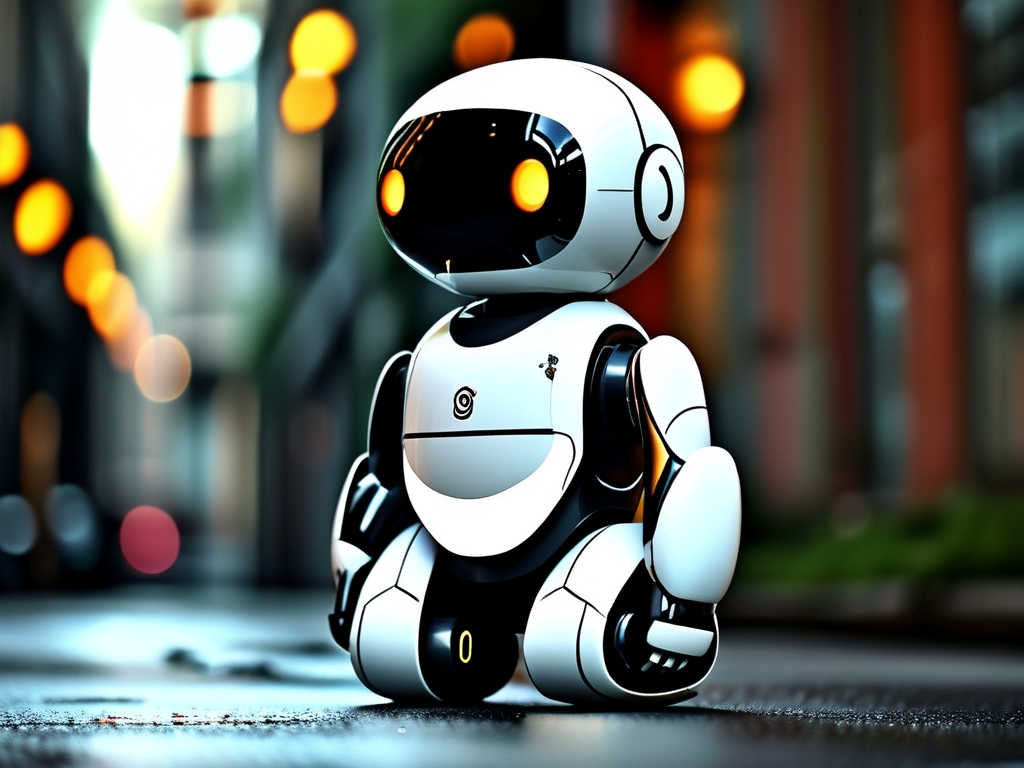Companion robots, designed to provide emotional support, social interaction, and practical assistance, have emerged as a transformative force in healthcare, education, and daily life. Over the past decade, advancements in artificial intelligence (AI), sensor technology, and human-robot interaction (HRI) have propelled these machines from experimental prototypes to commercially viable products. This article explores the current state of companion robot technology, its applications, ethical considerations, and the challenges that lie ahead.
Technological Innovations
-
AI and Natural Language Processing (NLP):
Modern companion robots leverage sophisticated NLP models like GPT-4 to engage in context-aware conversations. For example, robots such as SoftBank’s Pepper and Intuition Robotics’ ElliQ can interpret emotional cues through voice tone analysis and respond empathetically. These systems integrate machine learning to adapt to users’ preferences over time, creating personalized interactions. -
Sensor Integration:
Advanced sensors—including cameras, microphones, and tactile feedback systems—enable robots to perceive their environment. PARO, a therapeutic seal robot, uses touch sensors to mimic animal-like responses, reducing stress in dementia patients. Similarly, Moxie by Embodied employs computer vision to recognize facial expressions and adjust its behavior accordingly. -
Mobility and Design:
Companion robots now feature enhanced mobility through omnidirectional wheels or bipedal designs. Toyota’s Human Support Robot (HSR) assists with household tasks, while Boston Dynamics’ Spot navigates complex terrains. Aesthetic designs have also evolved to balance anthropomorphism and functionality, avoiding the "uncanny valley" effect.
Applications Across Sectors
-
Healthcare:
Companion robots are revolutionizing elder care. In Japan, where 30% of the population is over 65, robots like ROBEAR assist with lifting patients, while Sony’s Aibo provides companionship to isolated seniors. Studies show that interaction with these robots reduces loneliness and improves mental health metrics by up to 40%. -
Education:
Educational robots like NAO and LOVOT are used in classrooms to teach coding, language skills, and social-emotional learning. Their interactive nature engages children with autism spectrum disorder (ASD), helping them practice communication in a non-judgmental setting. -
Mental Health Support:
Startups like Woebot Health deploy chatbot-powered robots to deliver cognitive behavioral therapy (CBT). These tools fill gaps in mental healthcare accessibility, particularly in rural areas with limited therapists.
Ethical and Social Challenges
-
Privacy Concerns:
Always-on microphones and cameras raise data security issues. In 2022, a study revealed that 60% of companion robot users worried about unauthorized data sharing. Regulatory frameworks like the EU’s GDPR are struggling to keep pace with these technologies. -
Emotional Dependency:
Critics argue that prolonged reliance on robots might weaken human relationships. A 2023 survey found that 22% of elderly users preferred robot companions over human caregivers, sparking debates about societal priorities. -
Bias in AI:
Training datasets often reflect cultural or gender biases. For instance, some robots default to female voices for caregiving roles, reinforcing stereotypes. Addressing these biases requires interdisciplinary collaboration between engineers and social scientists.
Economic and Technical Barriers
-
High Costs:
Advanced models like Temi (retailing at $2,000) remain unaffordable for many households. Governments in Scandinavia and Japan subsidize robot purchases for seniors, but global scalability is limited. -
Energy Efficiency:
Battery life remains a bottleneck. Most companion robots require daily charging, hindering 24/7 usability. Solid-state battery innovations promise improvements but are years from commercialization. -
Interoperability Issues:
Fragmented software ecosystems force users to rely on proprietary platforms. Standardization efforts, such as ROS 2 (Robot Operating System), aim to unify interfaces but face adoption hurdles.
Future Directions
-
Hybrid Human-Robot Teams:
Future systems may combine robot efficiency with human empathy. For example, Toyota’s T-HR3 allows caregivers to remotely control robots, blending AI autonomy with human oversight. -
Affective Computing Breakthroughs:
Next-gen robots could detect subtle physiological signals (e.g., heart rate variability) using non-contact sensors, enabling real-time emotional adaptation.
-
Policy Development:
Governments must establish ethical guidelines for robot deployment. South Korea’s 2024 "Robot Ethics Charter" offers a template, emphasizing transparency and user consent.
Companion robot technology stands at a crossroads. While innovations in AI and robotics promise unprecedented societal benefits, addressing ethical dilemmas and technical limitations remains critical. As these machines become ubiquitous, stakeholders must prioritize inclusive design, robust regulation, and ongoing public dialogue to ensure they enhance—rather than undermine—human well-being.



